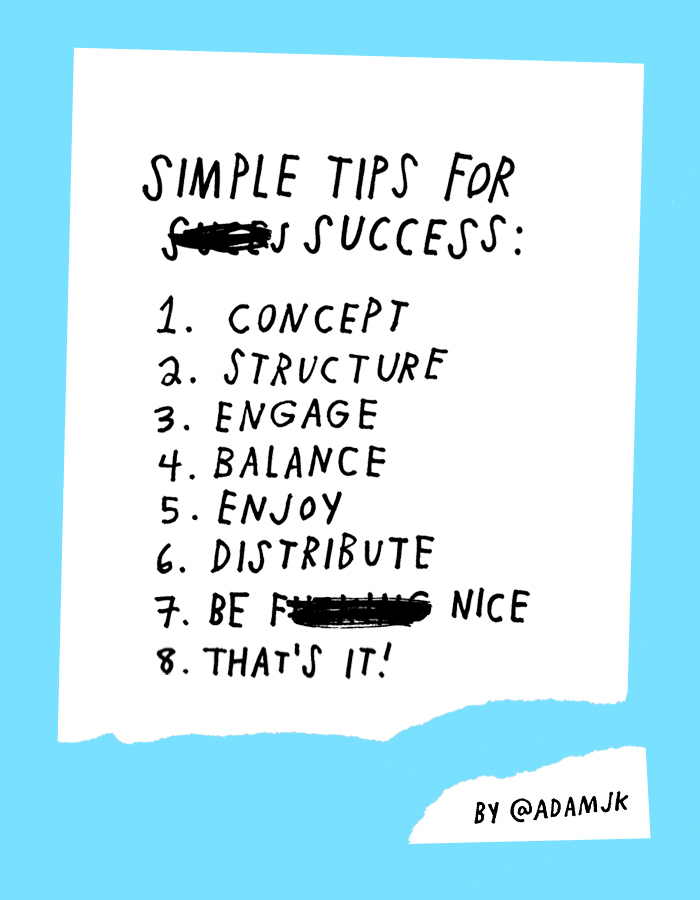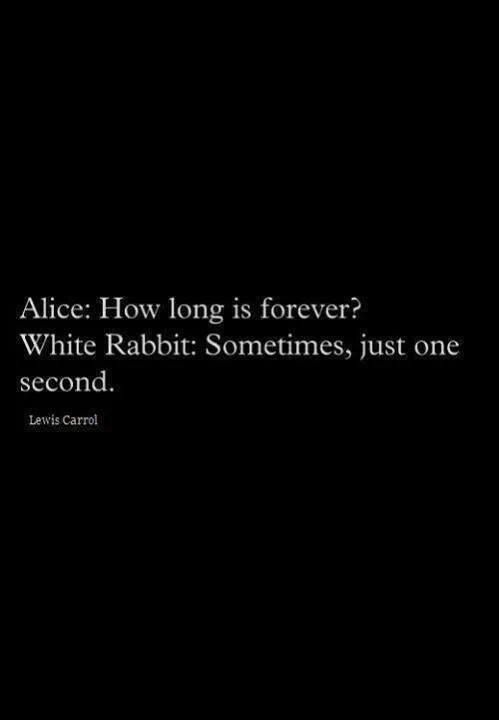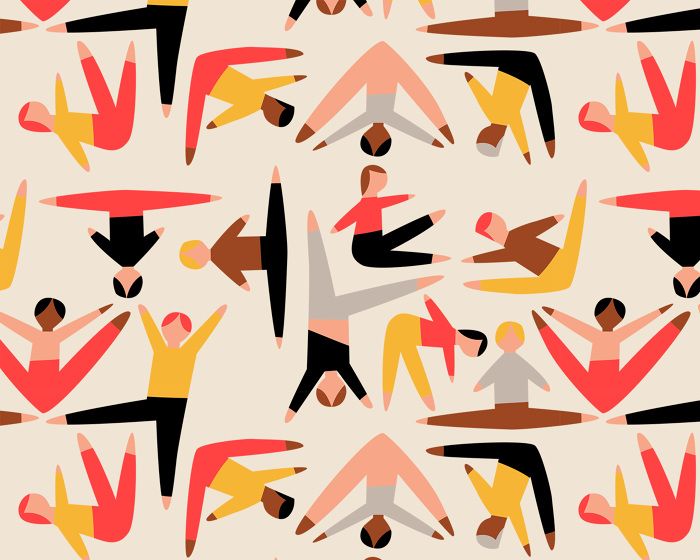i have never been compelled to copy a whole article over here on the boss aesthetic but this one is worth it. the article below, titled "what artisanal brands can teach us about using technology to humanize business," is from entrepreneur this past january but a friend recently re-sent it to me with the subject line "totes you." to which i say, yup! this article really encompasses SO MUCH of what i think needs to happen in how brands connect with consumers today. it also connects to a lot of what i share here - from my favorite products to the branding and marketing examples i share. my favorite passage and then the whole article below. take a look! and i'd love to hear what you think in the comments below.
"Consumers are embracing the idea of having more personal and direct connections to the products that inhabit their lives. The great irony of these back-to-basic principles? Technology is playing a critical role as an enabler of a more personalized way of doing business -- one that lets consumers connect with products as their father’s father once did at the local country store. The trend underscores one of the great paradoxes of the digital age: In an increasingly automated world of interconnected everything, consumers are craving new products that they can have an emotional connection with -- items that are customized to their personalities and tastes."
What Artisanal Brands Can Teach Us About Using Technology to Humanize Business
By Randy Komisar, Partner at Kleiner Perkins Caufield & Byers
Bayard Winthrop made a big bet with a small idea a few years ago. When the San Francisco-based entrepreneur set out to design, make and sell a high-quality sweatshirt at a low-end price ($70), he didn’t go the simple route.
Winthrop didn’t hop a plane to Mumbai or Bangalore to outsource production and open a storefront in a trendy shopping district. Instead, he contracted with a small factory in San Francisco and put up a website. (Disclosure: I serve as an informal advisor to Winthrop.)
More important, he focused on absolute product excellence, not promotional externalities. He claims that 80 cents of every dollar invested in retail is unrelated to the product itself. This paid off months later when Slate's Farhad Manjoo declared his product “the greatest hoodie ever made.” Within 36 hours, Winthrop’s direct-to-consumer business, American Giant, was humming. Within months, he had sold thousands of sweatshirts and was swamped with back orders.
Winthrop’s idea, of course, isn’t a small one any longer. It’s tightly linked to the same dynamic driving the farm-to-table movement and the boom in artisanal manufacturing. In each of these new models, consumers are embracing the idea of having more personal and direct connections to the products that inhabit their lives.
The great irony of these back-to-basic principles? Technology is playing a critical role as an enabler of a more personalized way of doing business -- one that lets consumers connect with products as their father’s father once did at the local country store.
The trend underscores one of the great paradoxes of the digital age: In an increasingly automated world of interconnected everything, consumers are craving new products that they can have an emotional connection with -- items that are customized to their personalities and tastes. And consumers are beginning to look beyond markets driven by mass production and low cost for everything from clothes to cars.
Across dozens of industries, Winthrop and other entrepreneurs are creating new “made-to-order” personalization platforms, cutting out as many middlemen as possible and relying heavily on social and mobile technologies to forge lasting relationships with new customers.
Three core principles are driving success for companies like American Giant and many others. Here’s my take on what those principles are and why they matter:
1. Embracing extreme authenticity.
When it comes to consumer products, a complex web of manufacturers, wholesalers, retailers, advertisers and marketers factor heavily into the ultimate price of a good. All these third parties add layers of complexity and cost between when the product is made and then when it's sold.
Manufacturers might produce higher-quality products, but in the retail sector they typically sell them at higher prices (as much as 13 percent higher, in some cases) to account for distribution and marketing.
How can companies remove these costs -- and also spark new connections with consumers? First, they can source the manufacturing of their goods locally and use the Internet as a primary storefront.
By contracting with a San Francisco factory ( later adding three more plants in North Carolina) and sourcing his cotton and other supplies in the United States, Winthrop has eliminated the high cost of producing sweatshirts overseas. And he keeps real estate costs low by selling his apparel only online and he spends little on marketing.
With the extra capital freed up by lower distribution and marketing costs, Winthrop can afford to buy quality cotton and pay workers a relatively generous wage -- $17 per hour.
Zappos and Amazon may have built massive online stores, but they remain product curators -- not makers -- at their core.
Companies like Warby Parker took this model a step further by not only delivering items purchased online, but also creating them in-house. By offering to deliver its own product (eyeglass frames) to customers with the added bonus of no obligation to buy them, Warby put choice in the hands of the customer while saving on the real estate costs of an in-store experience.
2. Letting customers be the voice of a brand.
Artisanal manufacturers are providing consumers amazing new products that they can love and share with their vast online networks. And through social media, they serve as authentic cheerleaders to drive sales. By relying on customers to become the collective voice of their brands, companies free up capital that would otherwise be spent on expensive marketing and distribution processes.
Dozens of companies are tapping into this concept to build and grow promising new businesses. Brewers and distillers like New Belgium Brewing and Woodinville Whiskey have taken big strides in advancing the quality of craft-made beverages while relying on consumers to spread the word.
Crowdsourced creation has also enlisted technology and online platforms to create great products. Take Arizona-based Local Motors. The company provides an online space for customers to design, build and sell custom-made vehicles and parts.
Such companies perhaps owe a portion of their success to the farm-to-table innovators of the last decade, who showed how the quality of home-grown produce wasn’t just better but connected to consumers’ core values in ways that supermarkets simply did not. Hundreds of other industries and sub-industries in the U.S. economy are next in line to undergo the same transformation.
3. Practicing extreme honesty.
Transparency is integral to the companies' building lasting relationships with customers today -- and allows for a focus on creating great products. Successful companies can’t hide mistakes or internal goings-on like they once could.
Extreme honesty is the new policy of successful business in the 21st century. The days of coverups and pushing issues under the rug are gone. Humans are fallible and so are companies. Admitting this will take a company a long way with its advocates.
At American Giant, Winthrop has been very open about the company’s inability to meet demand. Some customers have waited months for a hoodie. This level of transparency guarantees that quality products will receive the recognition they deserve from the customers who love them.
The artisanal movement certainly won’t fill the hole left by the decline in U.S. manufacturing in the last 30 years, but it’s helping to forge a new model that lets some companies marry the best that technology can offer with the human values and sense of individuality that consumers increasingly crave. In the end, the melding of these elements really will put the greatest products ever made just one click away.
This article is adapted from The Technology of Us, an ebook hosted by TeleTech that explores the intersection of technology and humanity.













